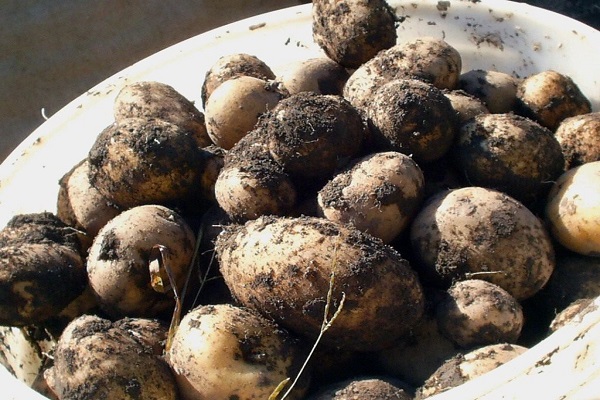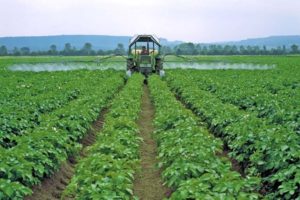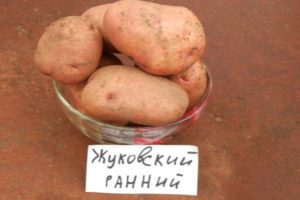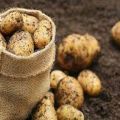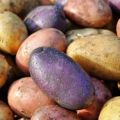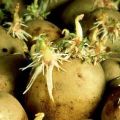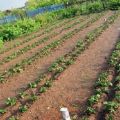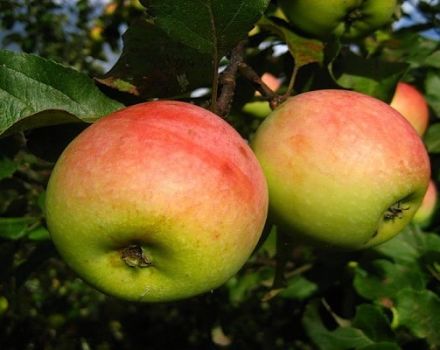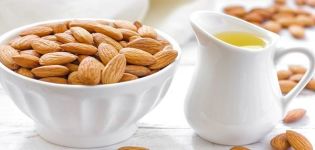Features of growing potatoes of the Breeze variety, description and characteristics
Potato Breeze belongs to the mid-early category of nightshade crops. Bred by Belarusian breeders from the scientific center at the Republican Academy of Sciences. It is included in the Belarusian register of varieties, and a little later the sample was included in the Russian register. Choosing the right variety for your garden is not so easy. In addition to taste, it is important to know what type of soil it is suitable for, how quickly the roots ripen, how well they are stored.
Description of the variety
Let's start listing the characteristics of Breeze potatoes with the fact that it ripens in 2–2.5 months from the date of planting. Besides:
- It has a solid yield (more than 500 centners per hectare).
- Reaches medium height.
- The tubers are oval, with a smooth skin and small eyes.
- On average, the weight of the fruit is about 120 grams.
- The yellow color of the raw pulp remains after heat treatment - the starch content is 13-15%.
- Breeze potatoes are especially good for frying.
The advantages of the variety:

- high degree of preservation;
- great taste;
- attractive appearance of tubers;
- resistance to most diseases.
The disadvantages of the variety include:
- susceptibility to attack by the golden nematode;
- weak resistance to late blight and scab;
- when cooking, the tubers take a long time to boil.

Growing and storage stages
Potato planting starts when the soil warms up to plus 7 degrees Celsius. The holes are dug up to a depth of 10–12 centimeters. Usually, sowing work is carried out at the end of April - early May.
Breeze is not very picky about the quality of the soil, which makes it possible to cultivate the variety in almost all regions of the Russian Federation.
To get a decent harvest, you need abundant watering of the potatoes. Planting frequency varies from 500 tubers per hundred square meters for sandy soils and up to 400 tubers per hundred square meters for loamy soils.
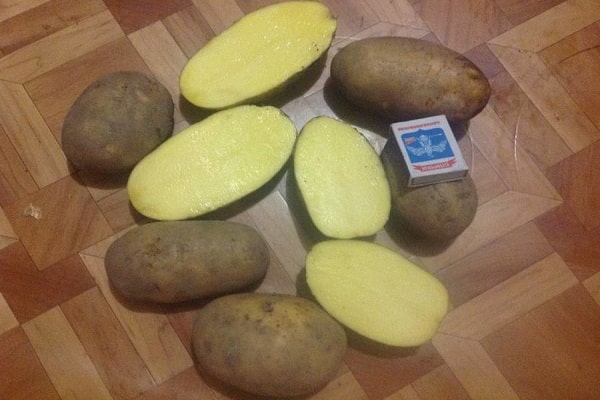
In order for the potato to grow large, it is necessary to apply mineral fertilizers to the soil - superphosphate or ammonium sulfate.
When describing a potato variety called Breeze, we note that in terms of reproduction, it is no different from other potato samples. It can be bred by seeds, as well as vegetatively: cut tubers with eyes, branches and bush division.
The vegetative method allows you to achieve abundant shoots, however, after five years, the yield decreases, and the taste of the potatoes deteriorates. Therefore, the seed stock must be periodically renewed.

The first planting of Breeze can be carried out with the help of small potatoes, from which tubers of normal and even large size will subsequently grow.
The characteristic of the variety is not limited to this: it is not afraid of mechanical damage, it does not require specific storage conditions - a dry basement with a temperature of 2 to 5 degrees Celsius will do for this.

About diseases and pests
Despite the fact that Breeze turned out to be resistant to various diseases and fungi, it still needs some preventive measures. Certain diseases attack young potatoes due to excessive feeding of the soil with manure, in which spores and pest larvae can live. Therefore, care must be taken when applying organic fertilizers! Description of diseases:

- The most insidious disease for potatoes recognized as late blight. To safely avoid it, the culture should be treated with fungicides. In addition, tubers with signs of the disease cannot be used for planting. As a preventive measure, periodic weeding of plants will not be superfluous.
- The peculiarities of potato scab are that it can damage more than half of the crop. At the same time, the loss of seed material occurs, since the surviving tubers remain without eyes. To scab left potatoes at rest, it is necessary to pickle the seed fund with fungasil or some other similar chemical preparation. The introduction of fertilizers is also encouraged, with the help of which the slightly acidic state of the soil is maintained. Well, after harvesting potatoes, it is advisable to sow lupines, beans or rye in this area.
- In the process of maturation, the roots of the Breeze can be chosen by the golden nematode. Because of this malicious worm, the tubers either do not tie at all, or are reborn into impossibly small ones. The nematoda lays so-called cysts in the ground, where the eggs of the larvae remain for about ten years.
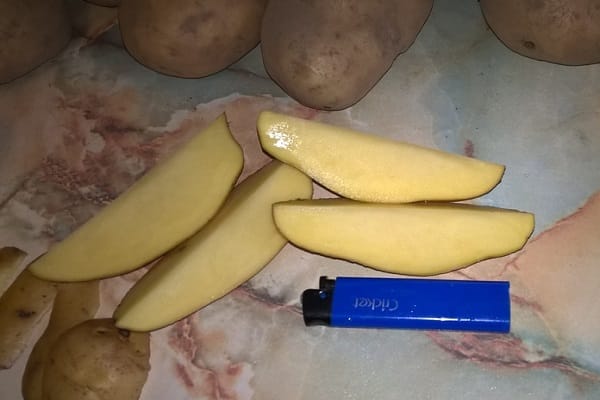
As soon as a potato disease is noticed, the infected tubers are dug up and the tops are burned mercilessly. As radical methods, it is worth risking using chemistry - heterophos or carbamide.
Variety reviews
The aforementioned high yield, amazing taste, simplicity of the crop to grow and store make Breeze a desirable product for all types of gardeners. Read the comments on the net, there are prevailing positive reviews about the variety Breeze. Farmers, potato growers and gardeners speak in this spirit. All of them unanimously note the excellent taste properties of potatoes, resistance to diseases and the appropriate size of the root crop. It is noted that if the basic storage rules (temperature, humidity level) are observed, potatoes are preserved without tangible losses until spring, or even longer.
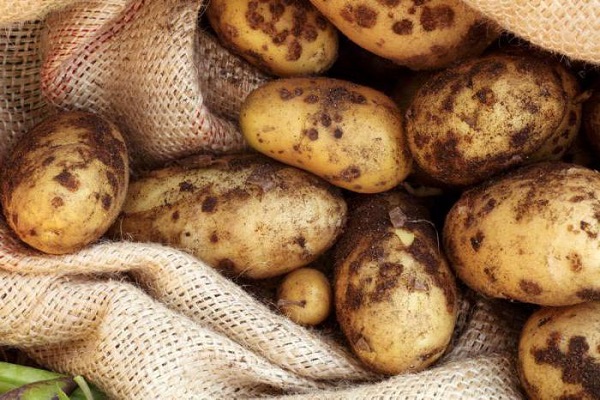
Consumers write that they will continue to plant the Breeze - the variety is so good! Potatoes ripen quickly, already at the end of July, beginning of August, you can try to dig a few bushes.
Many commentators admit that they purchased the seeds after reading reviews from the Internet, and everything was confirmed - the variety is excellent!
